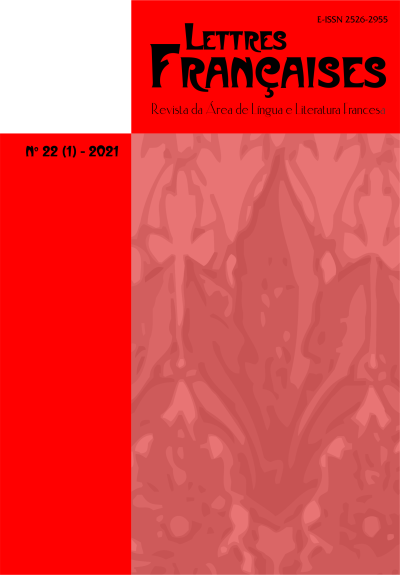Representations of death in the works Une femme (1987), by Annie Ernaux, and Une mort très douce (1964), by Simone de Beauvoir
Keywords:
French Literature, Mourning, Death, RepresentationsAbstract
Literature escapes what reaches everybody. However, in order to expand the understanding of the pain caused by the death of a loved one, it is possible to search for references in other human sciences, such as History, Sociology, and Psychoanalysis as well as in the aesthetic experience lived through the reading of literary texts. Well, if we are what we read, and what we read is a construct from those who write and who read, what are the processes of mourning for the loss and absence of a loved one? How do we react to an emotional loss? We have carried out a comparative analysis of the works Une Femme (1987), by Annie Ernaux, and Une Mort très douce (1964), by Simone de Beauvoir, both contemporary French authors, about the announcement and the reactions of the characters-narrators regarding their mothers’ deaths. The approach is comparative and was made in the light of reception theories with a focus on narrating the theme of death; on social psychology regarding the term representation; on the psychoanalysis of mourning aimed at understanding losses and absences; and, finally, on those of the history of death in the West regarding the attitudes of mankind in the face of this phenomenon.
Downloads
Published
Issue
Section
License
Os manuscritos aceitos e publicados são de propriedade da Revista Lettres Françaises. É vedada a submissão integral ou parcial do manuscrito a qualquer outro periódico. A responsabilidade do conteúdo dos artigos é exclusiva dos autores. É vedada a tradução para outro idioma sem a autorização escrita do Editor ouvida a Comissão Editorial.

